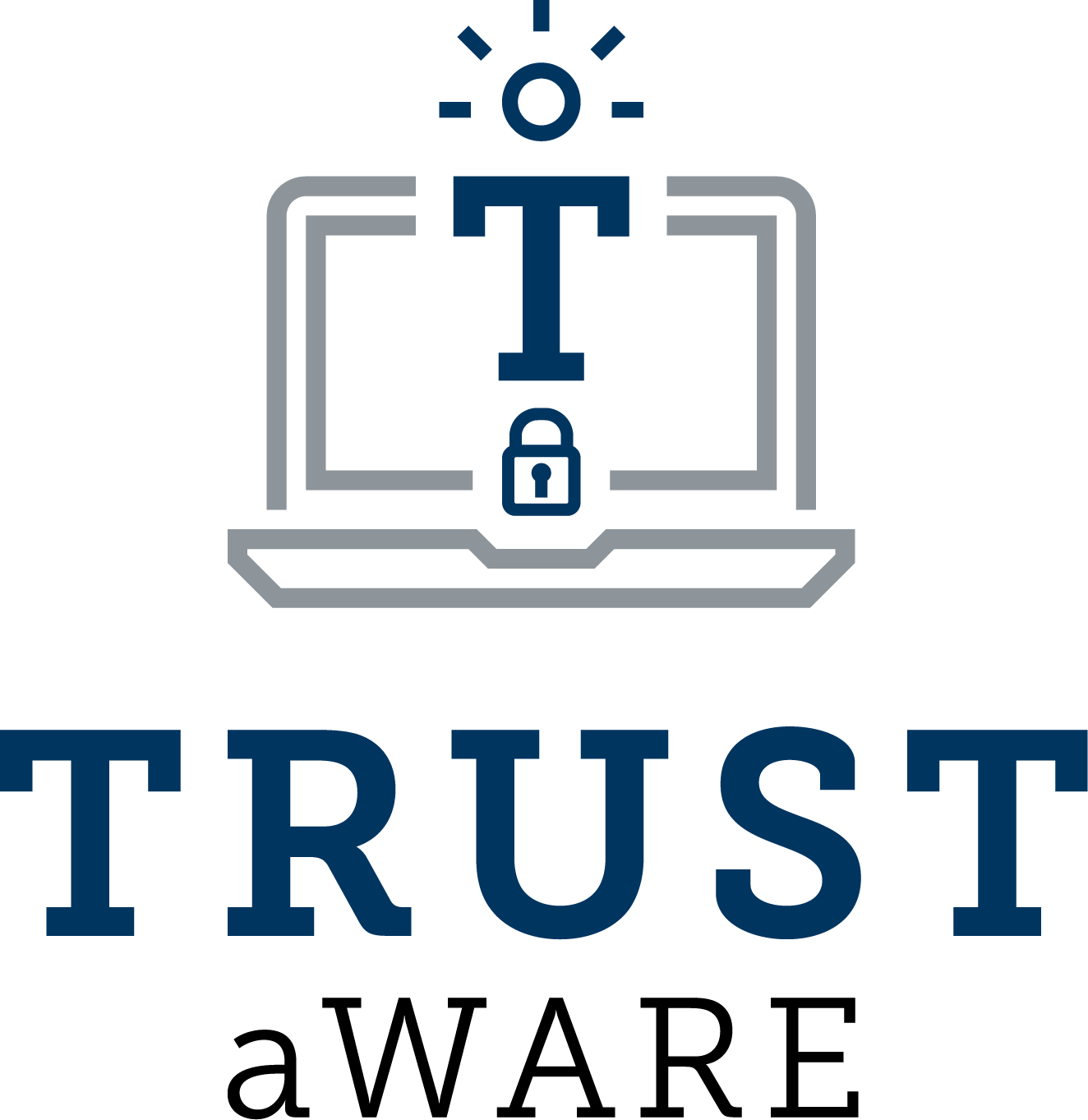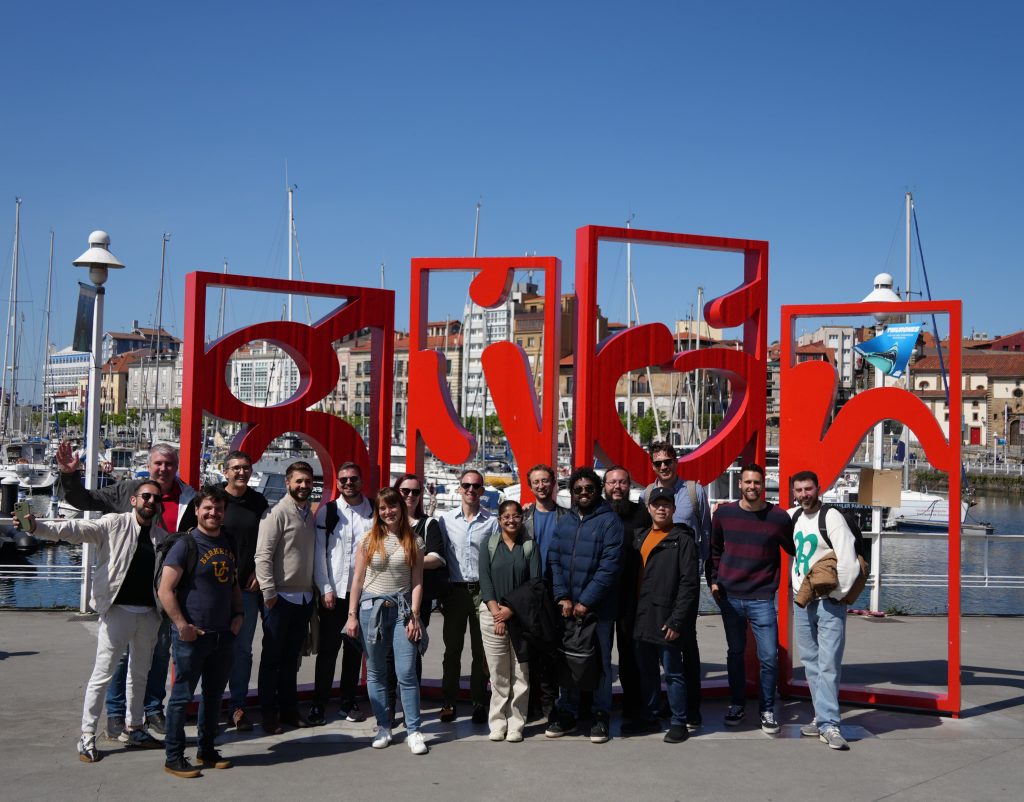Android firmware updates are typically managed by the so-called FOTA (Firmware Over-the-Air) apps. Such apps are highly privileged and play a critical role in maintaining devices secured and updated. The Android operating system offers standard mechanisms to vendors to implement their own FOTA apps, but such vendor-specific implementations could be a source of security and privacy issues due to poor software engineering practices. In a recent large-scale study, TRUST AWARE members performed a systematic analysis of the FOTA ecosystem through a dataset of 2013 FOTA apps detected with a tool designed for this purpose over 422,121 pre-installed apps. The findings include that 43% of FOTA apps are developed by third parties, that some devices can have as many as 5 apps implementing FOTA capabilities, and that some apps present behaviours that can be considered privacy intrusive, such as the collection of sensitive user data (e.g., geolocation linked to unique hardware identifiers), and a significant presence of third-party trackers.












